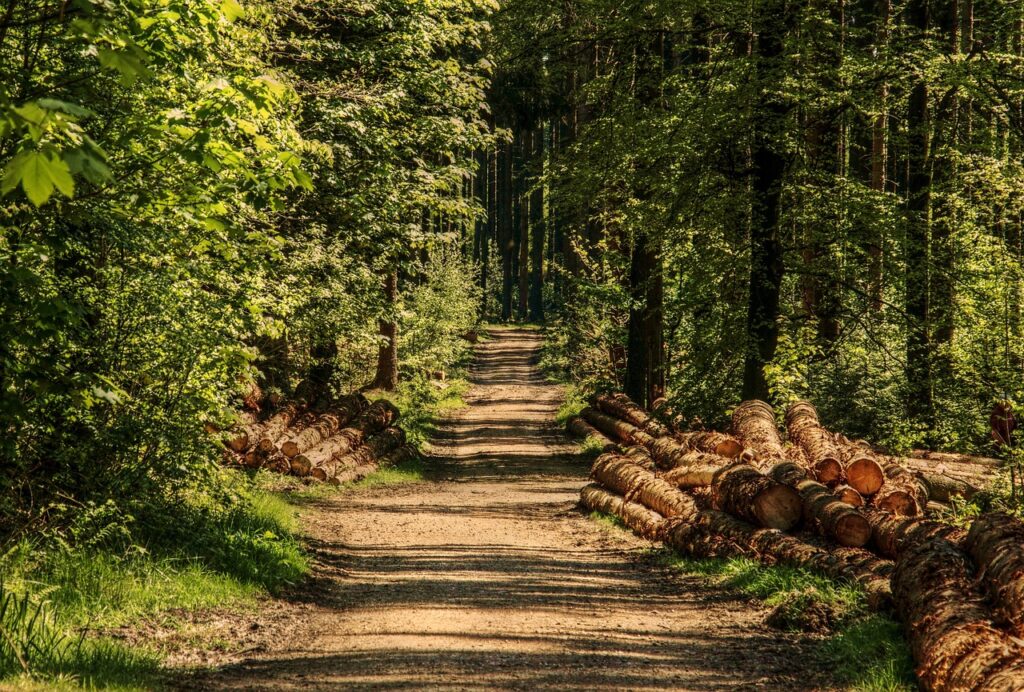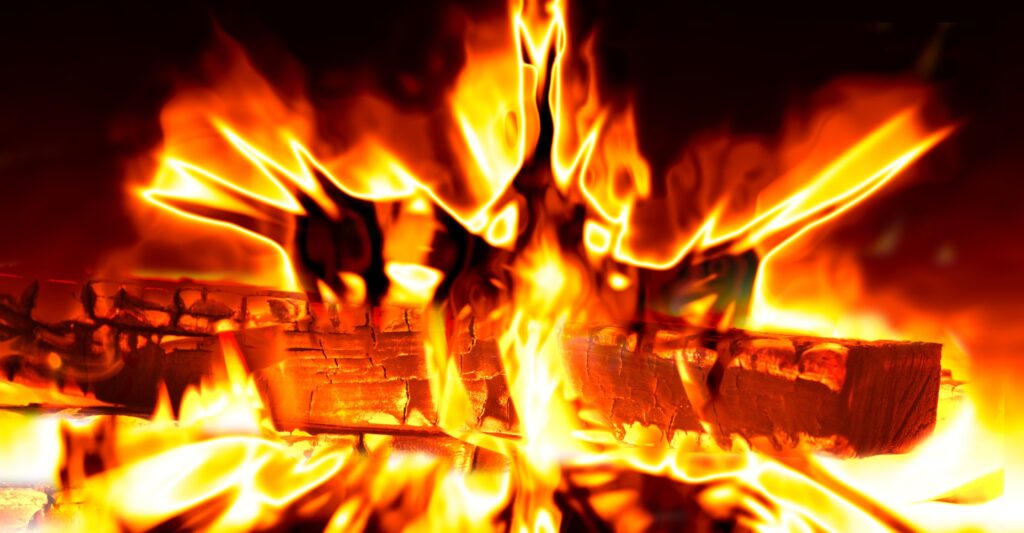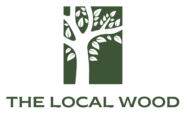Can you burn conifer wood in open fire

If you’re lucky enough to have a cozy open fire in your home, then you know the joy of gathering around it on chilly nights. But when it comes to choosing the right type of wood for burning, things can get a bit confusing. One common question is whether or not conifer wood is suitable for an open fire. In this blog post, we’ll explore what exactly conifer wood is and whether or not it’s good for burning. So sit back with a warm cup of cocoa, and let’s dive into the world of conifer wood!
What is conifer wood?
Conifer wood comes from trees that belong to the coniferous family. These trees are typically evergreens and include species like pine, spruce, fir, and cedar. One of the defining features of conifer wood is its resin content. This resin gives the wood a distinctive aroma and makes it highly flammable.
The needles on conifers are another characteristic feature of this type of tree. Unlike deciduous trees which lose their leaves in the fall, conifers retain their needles all year round. This means that they are able to photosynthesize even during the winter months.
As a result of these features, conifer wood has certain advantages when it comes to burning in an open fire. However, there are also some potential drawbacks that need to be considered before using this type of wood for heating your home. In the next section, we’ll explore whether or not conifer wood is good for burning in an open fire.
Is conifer wood good for burning in open fire?

Conifer wood comes from evergreen trees such as pine, spruce, and fir. Compared to hardwoods like oak or maple, conifer wood is a softwood that burns faster due to its lower density. However, this doesn’t necessarily mean it’s bad for burning.
One advantage of using conifer wood in your open fire is that it ignites quickly with little effort needed. This makes it ideal for starting the fire before adding denser woods like birch or cherry. Additionally, conifer wood can produce a pleasant aroma which can enhance the overall experience of sitting by an open fire.
On the other hand, one disadvantage of using conifer wood as your primary fuel source is that it contains more resin than hardwoods. This means there’s a higher risk of creosote buildup in your chimney if you burn too much coniferous material without cleaning out regularly.
While there are both pros and cons to burning conifer wood in an open fire, when used safely and strategically among other types of woods, it can make for an enjoyable addition to any cozy night indoors during cool weather season!
The pros and cons of burning conifer wood in open fire
Pros:
Conifer wood is often readily available and affordable, making it an attractive option for those who regularly use an open fire or wood-burning stove. It also burns fairly hot and provides a good amount of heat output. In addition, conifer wood emits a pleasant aroma when burnt that many find appealing.
Cons:
However, there are several downsides to burning conifer wood. Firstly, it has a tendency to produce large amounts of creosote which can build up in the chimney if not cleaned out regularly. This can be dangerous as it increases the risk of chimney fires. Secondly, burning conifer wood can release harmful pollutants into the air which can have negative effects on both human health and the environment.
While conifer wood may seem like a good choice due to its affordability and heat output, it’s important to consider the potential drawbacks before using it as fuel for your open fire or stove. Taking precautions such as regular chimney cleaning and proper ventilation can help mitigate some of these risks.
How to burn conifer wood safely
Burning conifer wood can be a great way to heat your home during the colder months. However, it’s important to remember that burning any type of wood comes with its own set of risks. Here are some tips on how to burn conifer wood safely:
1. Make sure your fireplace or stove is properly maintained and cleaned regularly.
2. Only burn dry conifer wood, as wet or green wood produces more smoke and can cause creosote build-up in your chimney.
3. Use a screen or glass door to prevent sparks from flying out of the fire.
4. Never leave the fire unattended, especially if you have children or pets around.
5. Avoid using accelerants such as gasoline or lighter fluid to start the fire – use kindling instead.
6. Have a fire extinguisher nearby in case of emergency.
7. Always dispose of ashes in a metal container with a tight-fitting lid and keep it away from combustible materials until they have completely cooled down.
By following these safety tips, you can enjoy the warmth and ambiance of burning conifer wood without putting yourself or your property at risk!
Conclusion
After examining the properties of conifer wood and its suitability for open fire burning, it is clear that using this type of wood can have both advantages and disadvantages. Conifer wood burns hotter than most other woods, producing a lot of heat quickly, but also releases more resin which can lead to creosote buildup in chimneys if not burned safely.
If you plan on using conifer wood as your primary source of fuel for an open fire or stove, it’s important to take precautions such as drying the wood thoroughly and cleaning out your chimney regularly to prevent any safety hazards.
While coniferous trees do make good sources of fuel for open fires when used responsibly, they should be mixed with hardwoods or other types of slow-burning woods to ensure safe and efficient heating. Remembering these key points will help keep both you and your home safe while enjoying all the benefits that burning natural fuels has to offer.
